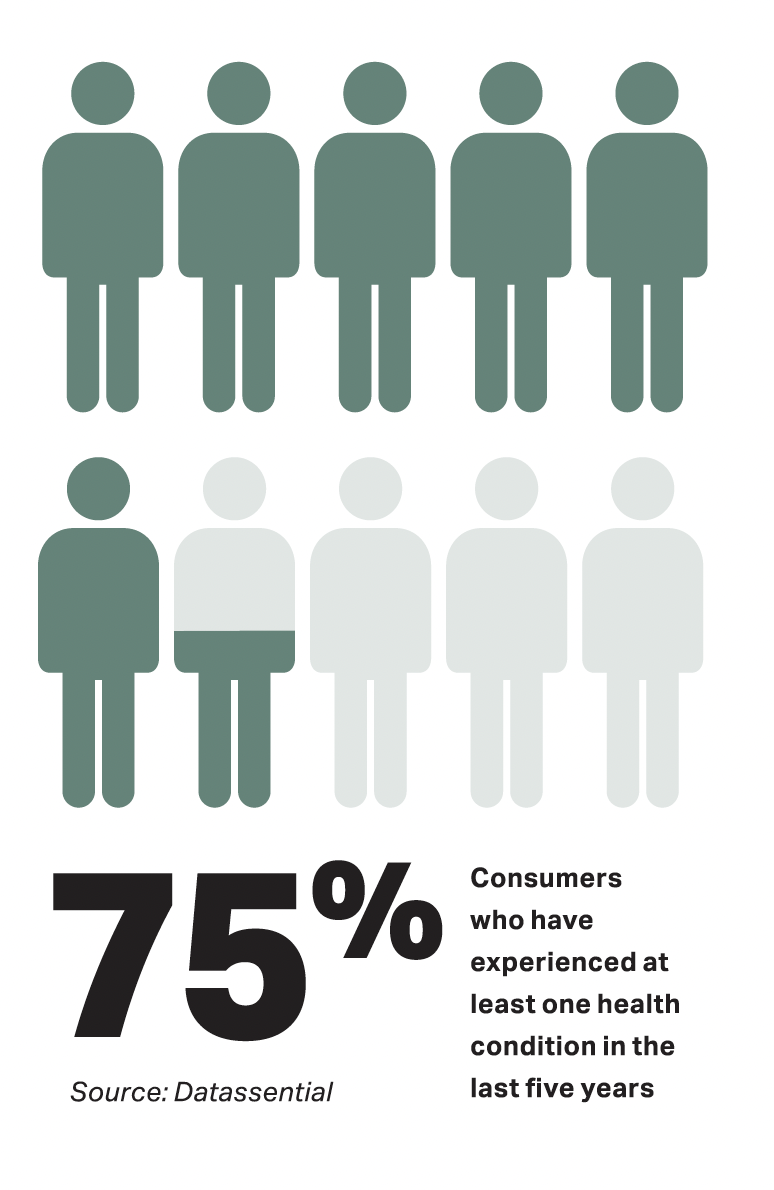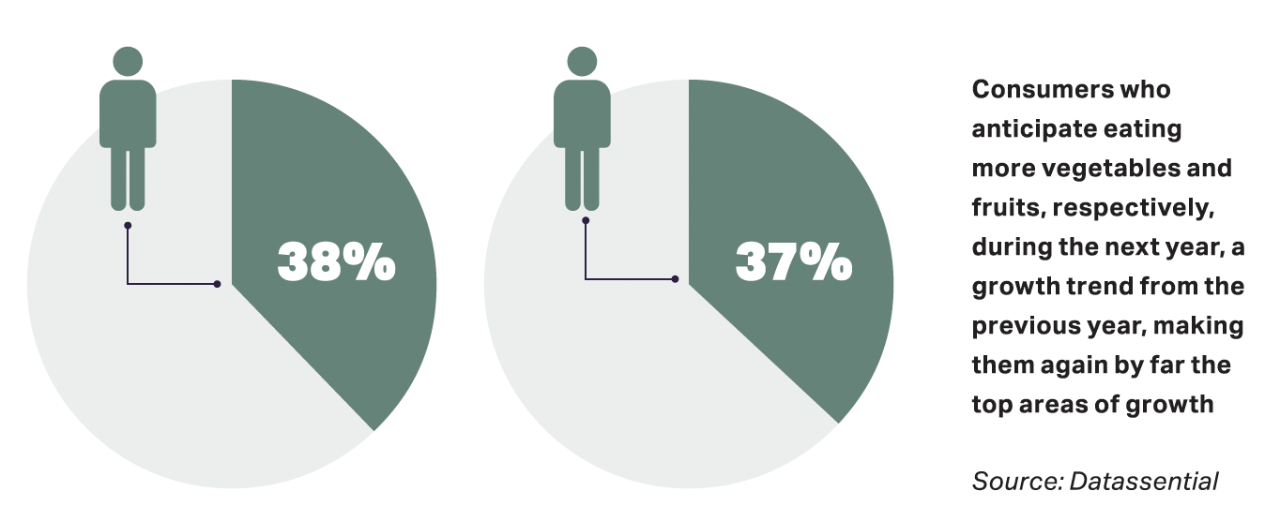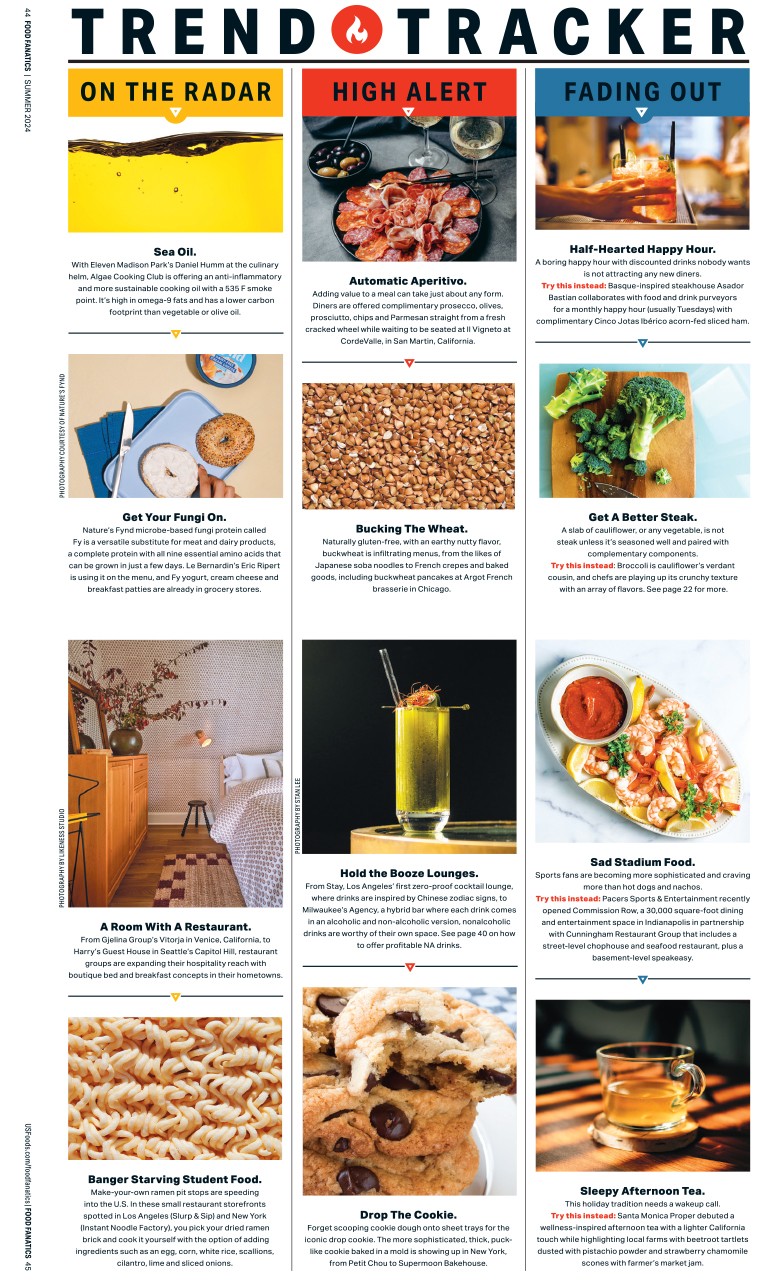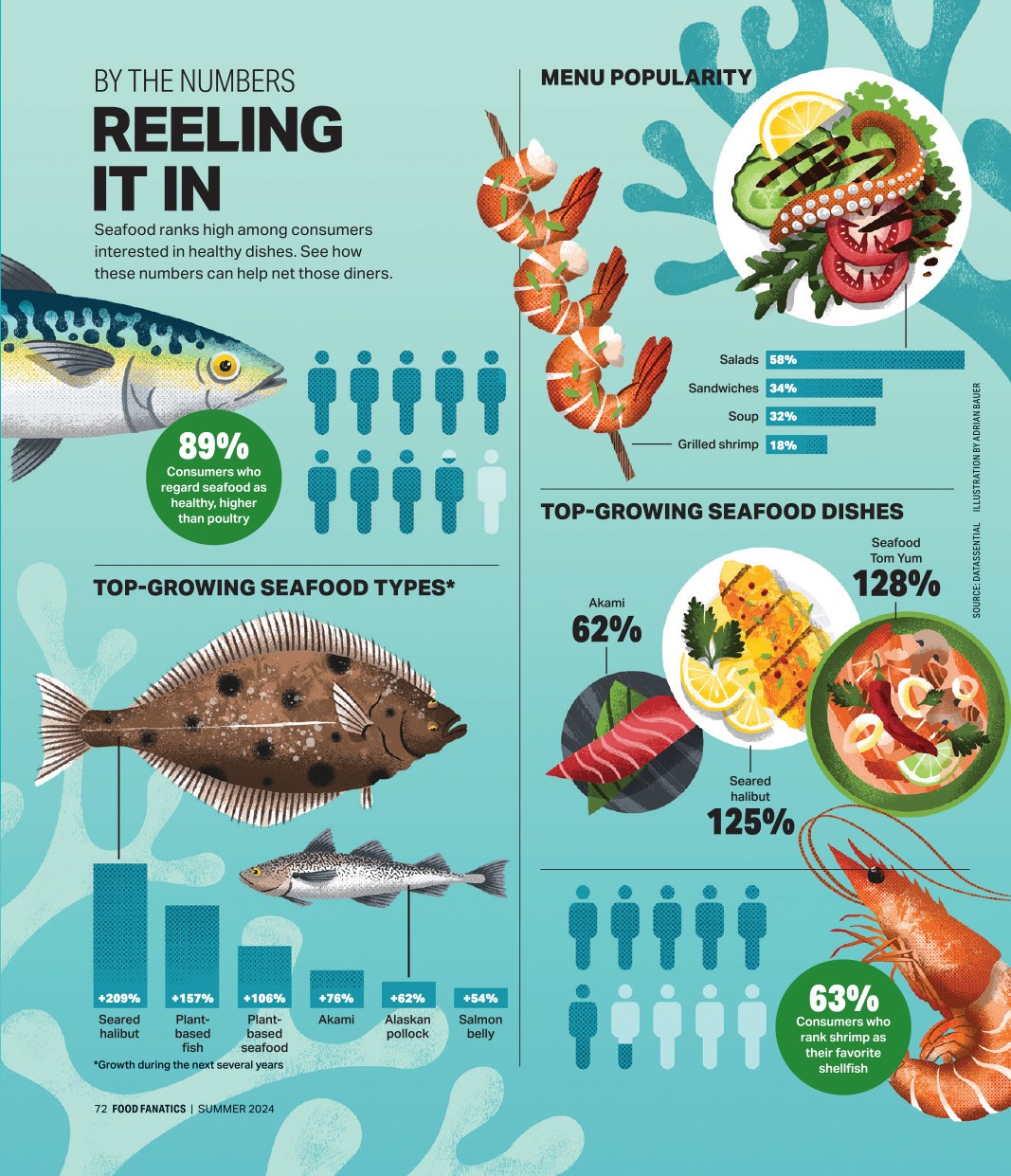Wellness Over Trends: Effective Communication for Health-Conscious Diners
The smart way to handle the restrictive dietary needs of diners
Meeting the demands of the consumer’s ever-evolving dietary lifestyle can lead to menu madness: misinformation, unfocused offerings and unrealized profits.

Whether diners are undergoing a juice cleanse, losing weight with Ozempic, eschewing carbohydrates or choosing food to support a specific function, they all are striving to achieving common goals: living healthier physically and mentally or ostensibly both. Instead of allowing the latest wellness craze to dictate the menu, or worse, losing customers who think you can’t meet their dietary needs, take a strategic approach by debunking myths, offering flexibility and communicating which dishes support wellness.
HIGHLIGHT THE HEALTH BENEFITS, NOT THE CALORIES
Don’t make a big fuss about calories. Disclosing the nutritional details of dishes isn’t an effective marketing or weight-loss strategy, says Brady Holmer, a diet expert at the leading health and nutrition research firm Examine. “There’s very little evidence that listing calories on menus leads to better health outcomes,” he says. “Obesity rates continue to skyrocket.”

He suggests advertising the preparation instead, citing increased consumer awareness of ingredients as well as preparation methods. “There's a whole debate in health circles over whether seed oils are detrimental.” Indeed, some commonly used ultra-processed oils such as canola are high in omega-6 fatty acids, which can cause inflammation. If grass-fed butter accompanies bread, or salad dressing features extra virgin olive oil instead of vegetable oil, call it out on the menu. Health-conscious customers will gravitate toward that, Holmer says, “over a stir-fry cooked in canola oil.”
Generally, knowledge is power when it comes to nutrition, and including extra details, including sourcing, helps ease health-conscious customers' minds, says Holmer. Don’t list just “rice” in the menu when it’s “long grain heirloom rice.” The former recalls greasy takeout food, while the latter signifies benefits such as higher fiber and low blood sugar.
HONOR CUSTOMER CRAVINGS
People tend to frequent restaurants more for celebration and indulgence versus daily sustenance, despite prevailing wisdom to avoid or limit dining out to control weight and wellness. The temptation to order a rich dish that’s challenging to make at home – health consequences be damned – is often too difficult to overcome. That’s why Holmer cautions chefs who want to honor their customers’ health goals against ignoring the impulse to indulge altogether. Consider red meat, which Holmer believes has been unfairly demonized.
Several studies have found a relationship between red meat consumption and cancer and diabetes, but there’s nothing that says the former causes the latter. Many of these studies, which rely on self-reported dietary data, also don’t account for what people are eating with the red meat, Holmer says. And, obviously, “getting a burger and fries five days per week,” says Holmer, isn’t the same as “following a keto diet that's pretty clean and eating a steak twice a week.”

For most people, the occasional serving of red meat is a luxurious source of protein, which is why Holmer recommends keeping it on the menu. “People are less likely to cook a steak at home,” he says. “They want to go somewhere where they know they are going to get a good piece of meat that is cooked well.” The key to winning over even the most judicious dieting diners, Holmer adds, is pairing something they might be wary of, like red meat, with healthy sides like broccoli or microgreens. If the sides balance out the rest of the plate, health-minded customers can feel good about indulging.
BET ON BALANCE
Holmer suggests taking a similar balanced approach toward other frequently misunderstood foods, such as carbs and egg yolks. In terms of the former, the answer isn’t no carbs, he says, but better carbs. Small tweaks, like the kind of bread you use for toast, can make a world of difference and doesn’t mean sacrificing flavor. Sourdough, for instance, has a famously tangy flavor and contains much higher levels of vitamins and minerals than “a random loaf of white bread that’s going to raise your blood sugar really quickly,” says Holmer.
Egg yolks, Holmer concedes, contain some cholesterol and saturated fat, but they’re also packed with important nutrients like choline, lutein and zeaxanthin that support eye and brain health. If you serve a popular diet item like an egg-white omelet, “it’s going to have a lot of protein,” Holmer says, “but you’re foregoing all of the other vitamins and minerals.” He suggests serving omelets that contain at least one full egg instead, then add “protein-packed” when describing scrambled eggs on the menu.
EDUCATE, DON’T ISOLATE
As sound as Holmer’s suggestions may be, they won’t matter much if customers don’t perceive them that way. Someone who believes red meat causes cancer won’t likely order a steak, no matter the pairing. In that sense, the most difficult challenge a chef faces isn’t a diner’s restricted appetite. It’s misinformation.
To combat widespread health myths, communication and knowledgeable servers are essential. “If someone asks what the healthy option on the menu is, don’t isolate a single item,” Holmer says. “Ask them about their goals and steer them toward their desired outcomes.”
Informed servers are also essential to debunk myths surrounding food additives specific to restaurants, such as sourcing for farm-raised salmon and phosphate-treated shrimp. Restaurants should investigate claims of sustainability and sustainability solutions and share their findings with diners as a selling point.
“Anything can have a place in a well-balanced diet – especially if people are looking to go out and want to enjoy the dish that they're having,” Holmer says.





